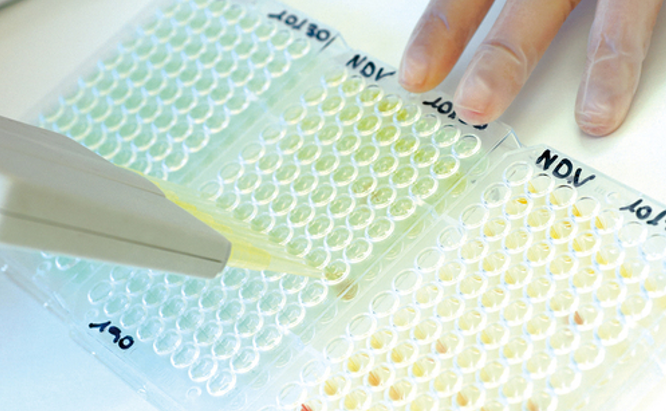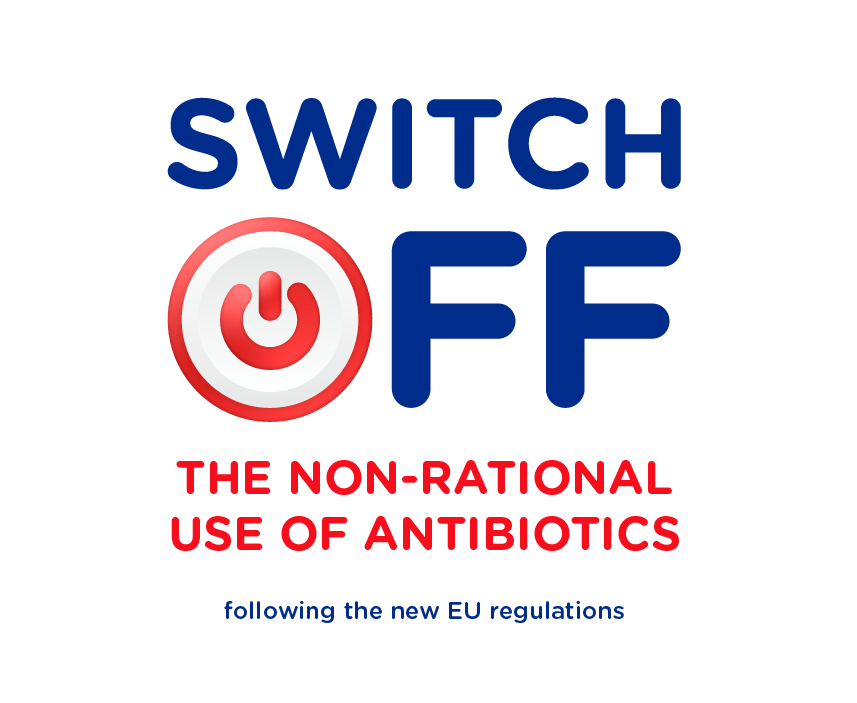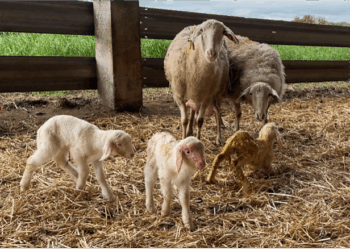A priority
Antibiotic use must be therapeutic and limited to cases where they are strictly necessary. To this end, the decision whether or not to administer them must be based on a rapid, effective diagnosis.
“Diagnosis supports the rational and appropriate use of antibiotics”.
In many cases, the reason why diseases are not diagnosed in production animals is because of the costs involved. But accurate diagnosis has enormous benefits for the farm: it improves animal health, welfare and productivity.

A diagnosis will also allow us to establish a specific prevention plan, e.g. implementing appropriate biosecurity measures and a good vaccination plan.
“Diagnosis also triggers the design of a prevention plan, thus reducing prevalence and clinical cases”.
What do we achieve with diagnosis?
Diagnosis is important because:
● It allows the identification of the pathogen: as it is crucial to know with what we are dealing and to act based on the particularities of each case. The more we know about the pathogen, the better we can control it.
● Choosing the right treatment by using complementary tests, such as antibiograms, helps us to determine how sensitive the pathogen is and the most effective antibiotic to use.
“Antibiograms also make it possible to monitor the emergence and spread of resistance”.
How does it help to combat resistance?
Diagnosis helps us to combat resistance in two ways:
● Reducing antibiotic use will help establish the most appropriate treatment plan. For example, if it is a virus, there is no need to prescribe antibiotics. This will prevent the emergence of resistance by avoiding the exposure of bacteria to antimicrobials.
● Preventing bacteria from developing resistance: by using the most effective treatment, we can prevent pathogens from multiplying further and developing resistance that can spread.
Conclusions
● Diagnosis helps us to reduce antibiotic use and, if necessary, to choose the most appropriate one.
● The benefit of identifying the pathogen outweighs the costs of diagnosis.
● There is a need to develop new rapid, effective and affordable diagnostic tests with a focus on animal health.
Article written by:
Tania Perálvarez Puerta. Product Manager Small Ruminants Unit – HIPRA





